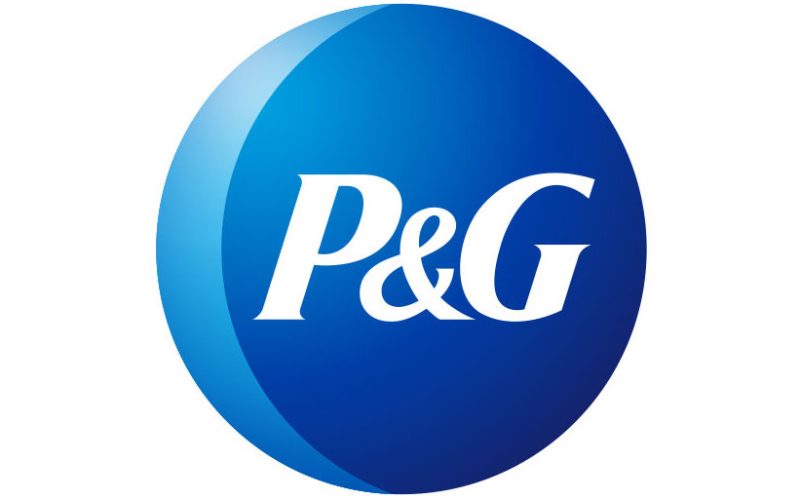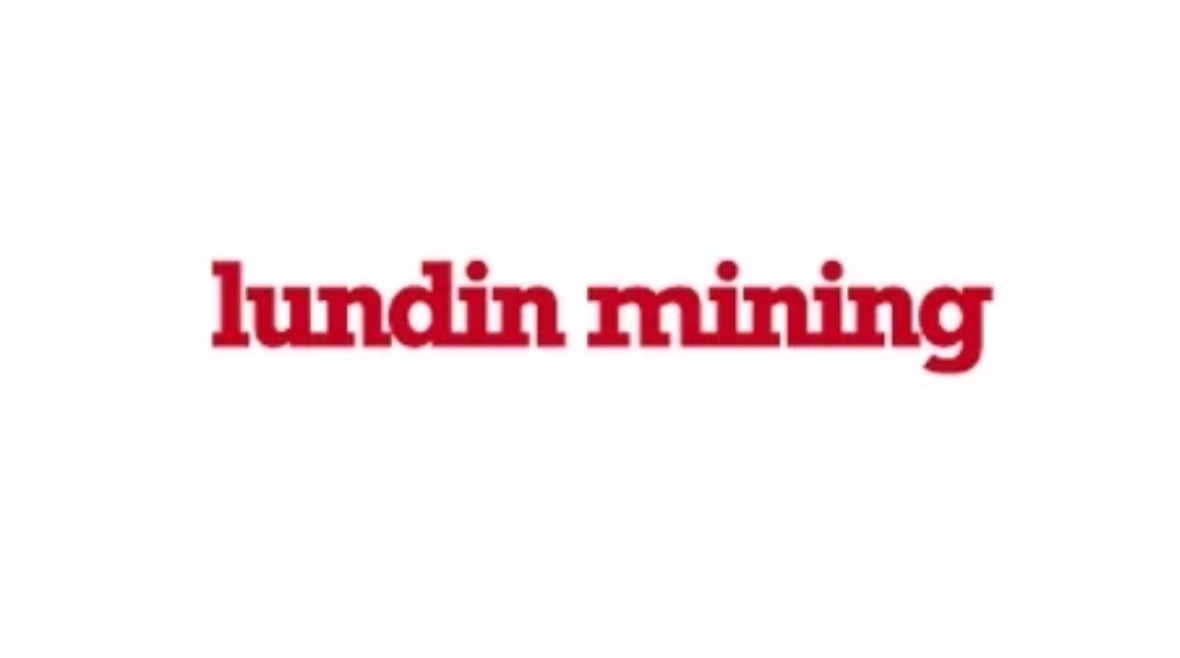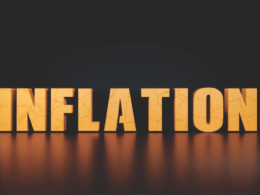As a constituent of the Dow Jones Industrial Average, Procter & Gamble (P&G) is widely regarded as a defensive stock, known for its stability during market downturns as investors seek safer assets. Regardless of economic conditions, the company continues to benefit from steady demand for everyday necessities.
This dependability was reinforced earlier today when P&G reported a 2% increase in sales, marking 40 consecutive quarters of growth. Core earnings per share rose 3% year over year, and the company returned $3.8 billion to shareholders through dividends and share repurchases.
The Point & Figure (P&F) chart illustrates P&G’s resilience, reinforcing its reputation as a defensive stock. Over the past 25 years, its share price has steadily gained, although it has typically remained in the red unfavored zone of the SIA Dow Jones Industrial Average Report, except during market downturns such as 2008 and 2020, when it rallied into the SIA favored green zones. This pattern underscores P&G’s role as a safe-haven stock, often outperforming when broader markets weaken.
Currently, the latest P&F chart shows a quadruple bottom breakdown pattern, which may indicate bearish potential. This pattern forms when a stock tests the same support level four times, signaling persistent selling pressure. A break below that support suggests buyers are exhausted and may trigger a decisive downward move. Key support levels are identified at $127.05, with another important zone between $112.82 and $108.44. Resistance lies near $161.13, with the upper resistance band and all-time highs around $170.99 to $174.41 remaining noteworthy.
The candlestick chart highlights P&G’s recent sell-off, with the stock currently consolidating near the $150 level. Price action shows compression within a wedge formation against a long-standing support/resistance zone dating back to January 2022 and nearing a potential tipping point which may culminate with a breakdown or a breakout to the upside. Having said that, P&G shares would need to improve technically as they currently holds a SIA SMAX score of only 2 out of 10 which is a near-term measure of relative strength against a basket of alternative asset and sits within the unfavored SIA Consumer Non-Durables sector.
Founded in 1837 and headquartered in Cincinnati, Ohio, The Procter & Gamble Company is a global consumer goods corporation operating in approximately 180 countries. Its diverse portfolio spans Beauty, Grooming, Health Care, Fabric & Home Care, and Baby, Feminine & Family Care. P&G’s leading brands include Tide, Pampers, Gillette, Oral-B, Pantene, and Olay, among others, underscoring its long-standing focus on innovation, brand leadership, and sustainability.
Disclaimer: SIACharts Inc. specifically represents that it does not give investment advice or advocate the purchase or sale of any security or investment whatsoever. This information has been prepared without regard to any particular investors investment objectives, financial situation, and needs. None of the information contained in this document constitutes an offer to sell or the solicitation of an offer to buy any security or other investment or an offer to provide investment services of any kind. As such, advisors and their clients should not act on any recommendation (express or implied) or information in this report without obtaining specific advice in relation to their accounts and should not rely on information herein as the primary basis for their investment decisions. Information contained herein is based on data obtained from recognized statistical services, issuer reports or communications, or other sources, believed to be reliable. SIACharts Inc. nor its third party content providers make any representations or warranties or take any responsibility as to the accuracy or completeness of any recommendation or information contained herein and shall not be liable for any errors, inaccuracies or delays in content, or for any actions taken in reliance thereon. Any statements nonfactual in nature constitute only current opinions, which are subject to change without notice.















